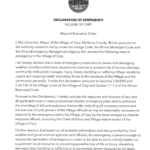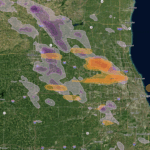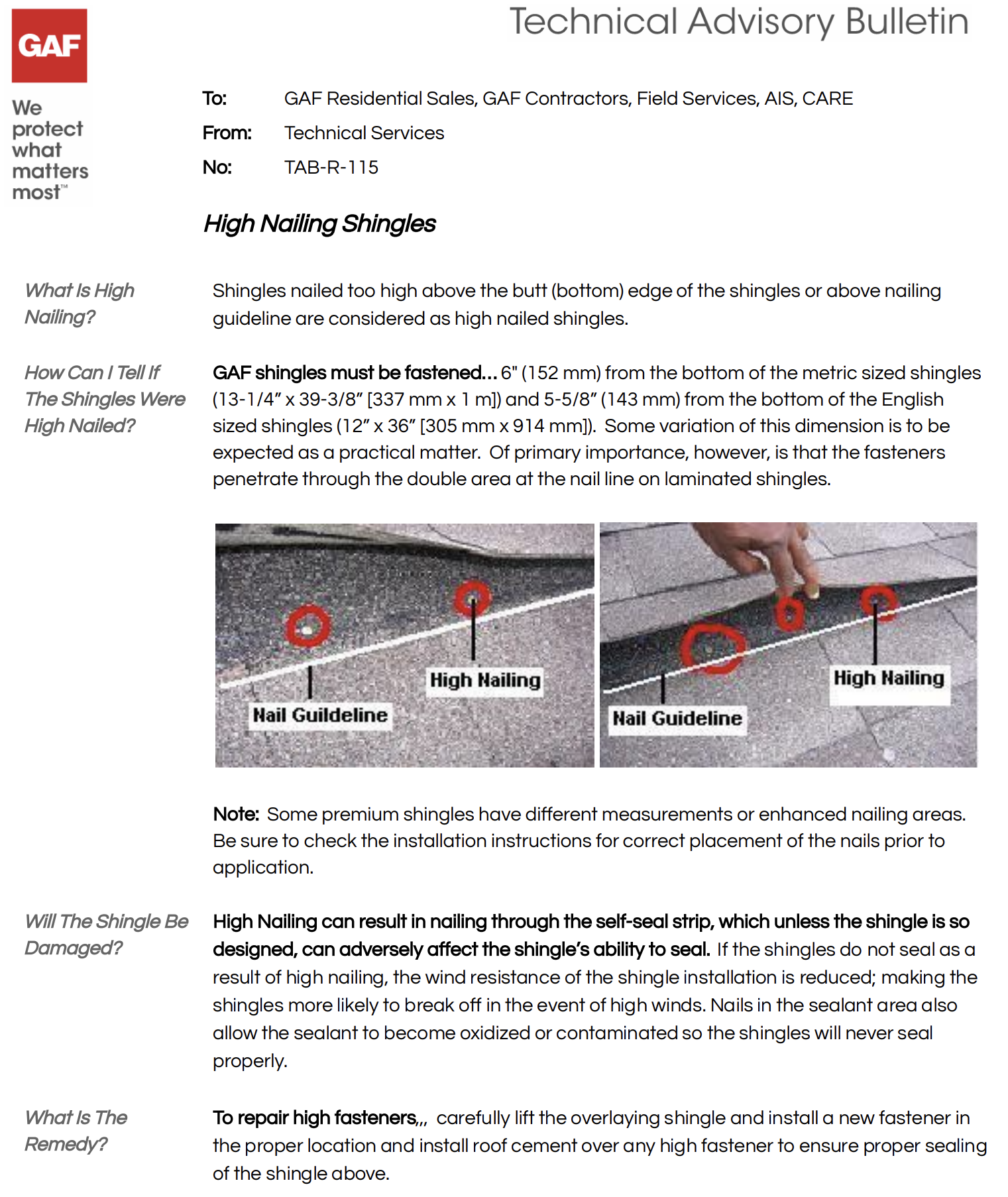What Is High Nailing?
High nailing refers to the practice of nailing shingles too high above the butt (bottom) edge or above the nailing guideline. This can significantly impact the performance and durability of the roof.
How to Identify High Nailing
To ensure proper nailing, GAF shingles must be fastened:
- Metric Sized Shingles (13-1/4” x 39-3/8” [337 mm x 1 m]): 6″ (152 mm) from the bottom.
- English Sized Shingles (12” x 36” [305 mm x 914 mm]): 5-5/8” (143 mm) from the bottom.
While some variation is expected, it’s crucial that the fasteners penetrate through the double area at the nail line on laminated shingles. Some premium shingles may have different measurements or enhanced nailing areas, so always check the installation instructions for correct nail placement.
Potential Damage from High Nailing
High nailing can result in nails penetrating the self-seal strip, which can:
- Adversely Affect Sealing: If the shingle is not designed for such nailing, it may not seal properly, reducing the wind resistance.
- Increased Wind Damage Risk: Shingles may break off during high winds if they do not seal correctly.
- Sealant Oxidation or Contamination: Nails in the sealant area can oxidize or contaminate the sealant, preventing proper sealing.
Remedy for High Nailing
To repair high fasteners:
- Lift the Overlaying Shingle: Carefully lift the overlaying shingle.
- Install a New Fastener: Place a new fastener in the correct location.
- Apply Roof Cement: Apply roof cement over any high fastener to ensure proper sealing of the shingle above.
Importance of Hand Sealing
When the shingle is lifted for fastener correction, the thermal seal is broken and will not reseal on its own. Hand sealing is necessary to ensure proper sealing and prevent wind damage.
How to Hand Seal Shingles
- Check Application Instructions: Determine the number and location of the dabs of cement required. Follow the instructions specific to the product being sealed.
- Apply Cement:
- Use a caulking gun or small trowel to place dabs of cement under the shingle to be sealed.
- Use quarter-sized dabs of cement as a guide for the correct amount.
- Press Shingle into Cement: Firmly press the shingle into the cement to ensure a full seal.
Note: Using too much cement can cause it to run down the face of the shingle or cause blistering.
Conclusion
Proper nailing is crucial for the performance and longevity of your asphalt shingle roof. High nailing can lead to improper sealing and increased risk of wind damage. By following the correct procedures for nailing and hand sealing, you can maintain the integrity and durability of your roofing system.
For Immediate Service or Consultation
Contact Allied Emergency Services, INC.
Phone: 1-800-792-0212
Email: Info@AlliedEmergencyServices.com
Location: Serving Illinois, Wisconsin, and Indiana with a focus on the greater Chicago area.
If you require immediate assistance or have specific questions, our human support is readily available to help you.
Disclaimer: This article is intended for informational purposes only. For professional advice, consult experts in the field.










